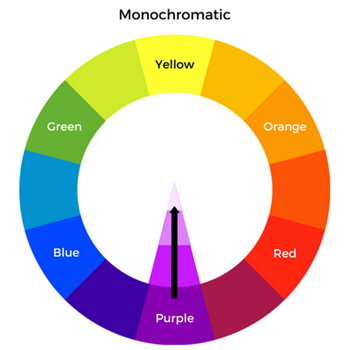When creating visual assets for the MHS brand, it’s important to think about how your audience may interpret colors. The colors you use may evoke different emotions, even if your message says otherwise.
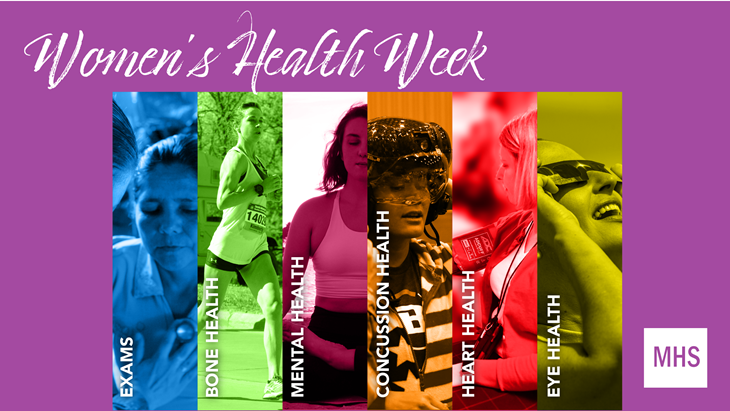
Color Meanings
Color is just one of many psychological tools marketers can use to build successful brands. Research shows that 93% of consumers consider visual appearance to be the key deciding factor in a purchasing decision. When developing your message, try to consider what colors may be a good fit for your visuals.
Red
Red evokes strong emotions, increases appetite, symbolizes passion and love, and increases urgency and intensity. It relates to survival, alertness, and safety.
Other connotations: Pain, aggression, defiance, danger
Brand example:

Yellow
The color yellow stimulates mental processes, encourages communication, strains the eyes, but also increases cheerfulness. In marketing, it represents optimism, youthfulness, and clarity. The hue of the shade can also represent sickness so it’s really important to make sure you are using the right tone.
Other connotations: Sickness, fear, cowardice, depression
Brand example:
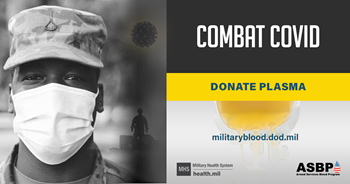
Blue
The color blue curbs appetite and represents calmness and serenity. It increases productivity, and creates a sense of security and trust in a brand. Most health-related organizations, like insurance organizations and hospitals, use blue in softer tones. Blue is also the color mostly preferred by both male and female consumers.
Other connotations: Cold, depression, sadness
Brand example:

Orange
As a mix of red and yellow, orange is both inviting and creative. It's the kind of color that really stands out and can be the uniting factor in many different color schemes. It reflects enthusiasm and excitement and shows warmth. It’s also the color of caution.
Other connotations: Despair, anxiety, discomfort
Brand example:

Green
Green is the color of nature; it emits a feeling of balance, harmony and growth. It signifies health, serenity, and tranquility. Like yellow, if you use the wrong shade it could show sickness.
Other connotations: Sickness, blandness, greed
Brand example:
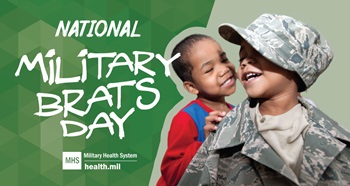
Purple
Purple is the color of royalty, success, wealth, and wisdom. Use it to soothe and provide calm. You’ll also see it in cosmetics and anti-aging products. Purple represents an imaginative, wise, and creative brand.
Other connotations: Moodiness and introspection
Brand example:
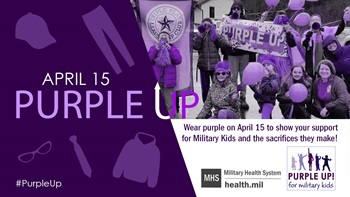
White
White is an essential part of most color schemes—it can work as a complement, an accent, or a background. White is the color of clarity, freshness, and used to spark creativity.
Other connotations: Emptiness, sterile, isolation
Brand example:

Black
Black is the color of sophistication, mystery, power, and control. When black is shiny, it exudes luxury. Shades of gray can also convey these qualities.
Other connotations: Evil, oppression, mourning
Brand example:
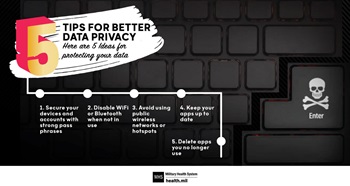
Color Accessibility
People with visual disabilities like color blindness are not able to see some colors, but they can tell differences in the saturation and shade of a color. Keep in mind that reds and greens can look the same to someone who is colorblind. Using the same shade of two colors could make them indistinguishable from each other as well. Also, for interactive elements add indicators like underlining links on hover or marking a required field with an asterisk.
Never use color alone to connote meaning. For example, don’t use red, yellow, and green circles to code elements in a list. Consider using a red circle, a yellow square, and a green triangle so there is a second way for your viewer to distinguish the difference between elements.
Color Harmonies
There are three color harmonies commonly used in design:
- Complementary colors
- Split complementary colors
- Analogous colors
Complementary Colors
Colors opposite each other on the color wheel are complementary colors. The vibrant look of a complementary harmony is ideal for making something stand out or drawing attention to your focal point, but be careful using complementary colors in large doses – they can easily appear overwhelming to the eye.
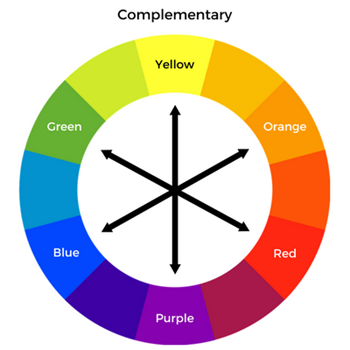
Analogous Colors
Analogous colors are located next to each other on the color wheel. They usually match well and create serene and comfortable designs.
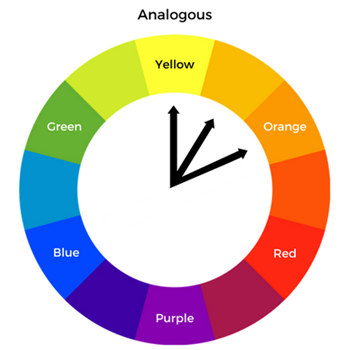
Monochromatic Colors
Monochromatic harmonies use a single color shaded or tinted to various values by adding black or white.
